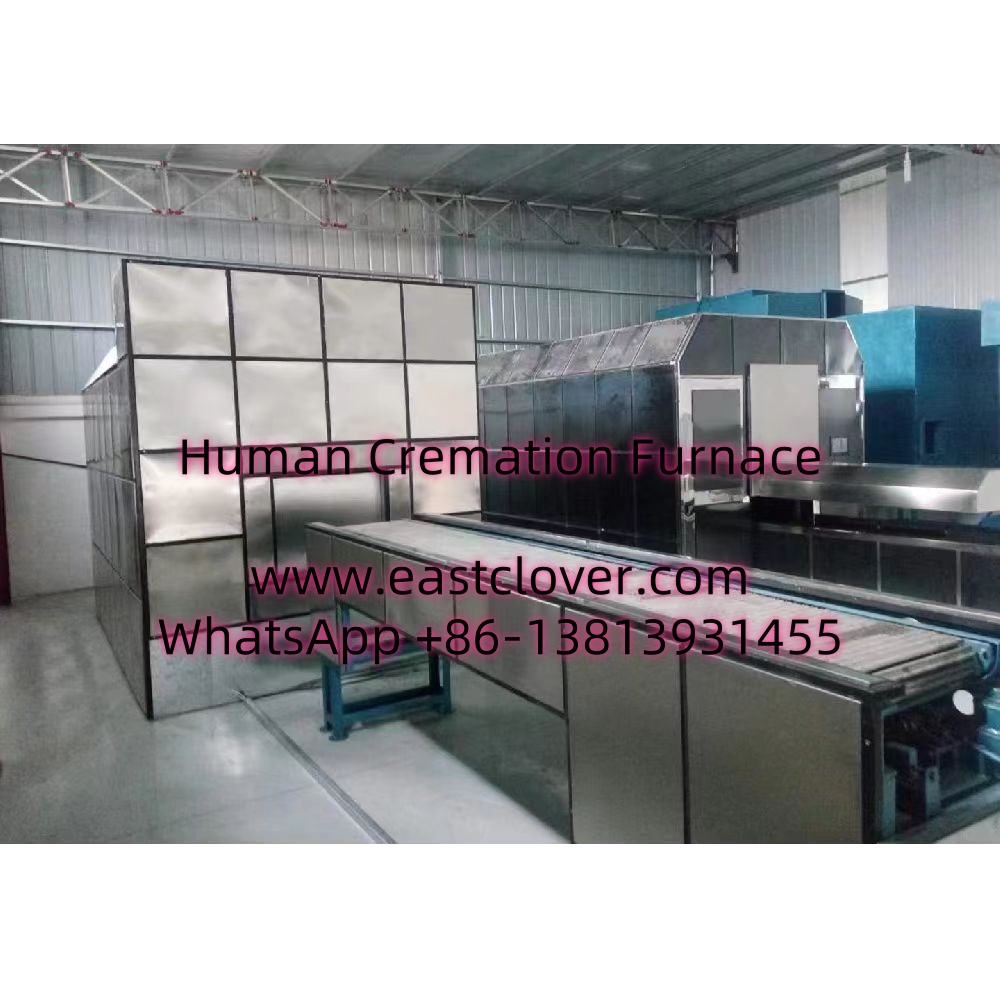Emergency Mobile Cremation Furnaces: A Critical Solution for Mass Fatality Events
In the wake of natural disasters, pandemics, or conflict-related crises, managing mass fatalities poses a significant logistical, ethical, and public health challenge. Traditional methods of body disposition, such as burial or stationary cremation, often become overwhelmed during large-scale emergencies. Enter the emergency mobile cremation furnace—a rapidly deployable, environmentally conscious solution designed to address these challenges while preserving the dignity of the deceased and protecting communities from secondary health risks.
The Need for Mobile Cremation in Disaster Zones
Mass fatality events disrupt conventional mortuary systems due to:
- Overwhelmed Infrastructure: Permanent crematoriums and cemeteries may be damaged or unequipped to handle sudden surges in casualties.
- Public Health Risks: Decomposing bodies can contaminate water supplies and spread diseases like cholera or typhoid.
- Cultural and Logistical Barriers: In some regions, burial traditions conflict with limited land availability, while transportation delays exacerbate ethical concerns.
Mobile cremation furnaces mitigate these issues by providing decentralized, on-site solutions that prioritize efficiency and respect.
How Mobile Cremation Furnaces Work
These systems are engineered for rapid deployment and operational flexibility:
- Portability: Compact, trailer-mounted units can be transported via truck, ship, or aircraft to disaster zones.
- High-Capacity Processing: Advanced models cremate 10–50 bodies daily, depending on size and fuel type (e.g., diesel, propane, or biofuel).
- Emission Controls: Integrated filters and scrubbing systems reduce particulate matter and toxic gases, complying with international environmental standards.
- Modular Design: Units often include temporary morgues, identification stations, and PPE storage to streamline workflows.
Rapid Response Capabilities
Speed is critical in mass fatality management. Mobile units achieve this through:
- Pre-Positioned Units: Stored strategically in disaster-prone regions for immediate deployment.
- Quick Assembly: Operational within 2–4 hours of arrival, with minimal site preparation required.
- Scalability: Multiple units can be synchronized to handle catastrophic events, such as tsunamis or pandemics.
For example, during the COVID-19 pandemic, mobile crematories in India and Iran helped cities manage overwhelming death tolls when conventional systems failed.
Preserving Dignity in Adversity
Beyond logistical efficiency, these systems prioritize humanitarian considerations:
- Privacy Screens: Enclosures shield the process from public view, respecting cultural sensitivities.
- Digital Record-Keeping: QR codes or RFID tags track remains to ensure accurate identification and return of ashes to families.
- Interfaith Compatibility: Designed to accommodate rituals, such as prayer sessions or symbolic gestures, before cremation.
This focus on dignity helps communities grieve while adhering to emergency protocols.
Environmental and Social Impact
Mobile cremation furnaces address sustainability concerns:
- Reduced Land Use: Avoids overcrowded cemeteries, a pressing issue in urban areas.
- Lower Emissions: Advanced filtration systems cut CO2 and mercury output by up to 90% compared to traditional pyres.
- Community Safety: Mitigates contamination risks from mass burials near water sources.
However, challenges remain, including fuel sourcing in remote areas and community resistance due to cultural beliefs.
Ethical Considerations and Future Trends
While mobile cremation offers practical benefits, ethical debates persist:
- Informed Consent: In emergencies, obtaining family consent for cremation may be difficult.
- Religious Objections: Some communities, such as those practicing Islam or Orthodox Judaism, may oppose cremation entirely.
Future innovations aim to address these concerns through:
- Hybrid Systems: Combining temporary burial sites with delayed cremation options.
- AI-Driven Workflows: Machine learning to accelerate victim identification and notification processes.
- Green Technologies: Solar-powered units and carbon-neutral fuels to enhance sustainability.
www.southclover.com
Emergency mobile cremation furnaces represent a paradigm shift in disaster response, balancing urgency with compassion. By addressing logistical, environmental, and ethical challenges, these systems not only safeguard public health but also honor the inherent dignity of those lost in crises. As climate change and global instability increase the frequency of mass fatality events, investing in adaptable, culturally sensitive solutions will be essential for resilient communities worldwide.
Frequently Asked Questions
- How are mobile cremation furnaces transported?
- They are typically mounted on trailers or shipping containers for easy transport via road, air, or sea.
- Can remains be identified after cremation?
- Yes. Forensic teams use dental records, DNA samples, or identifiers like jewelry before cremation. Ashes are cataloged for eventual return to families.
- Are these units environmentally safe?
- Modern systems include scrubbers and filters to minimize emissions, adhering to EPA and EU standards.
- How long does it take to deploy a mobile furnace?
- Most units become operational within 4–6 hours of arrival, depending on site conditions.
- What happens if local communities oppose cremation?
- Response teams collaborate with community leaders to find alternatives, such as temporary burials, where feasible.

Comments are closed